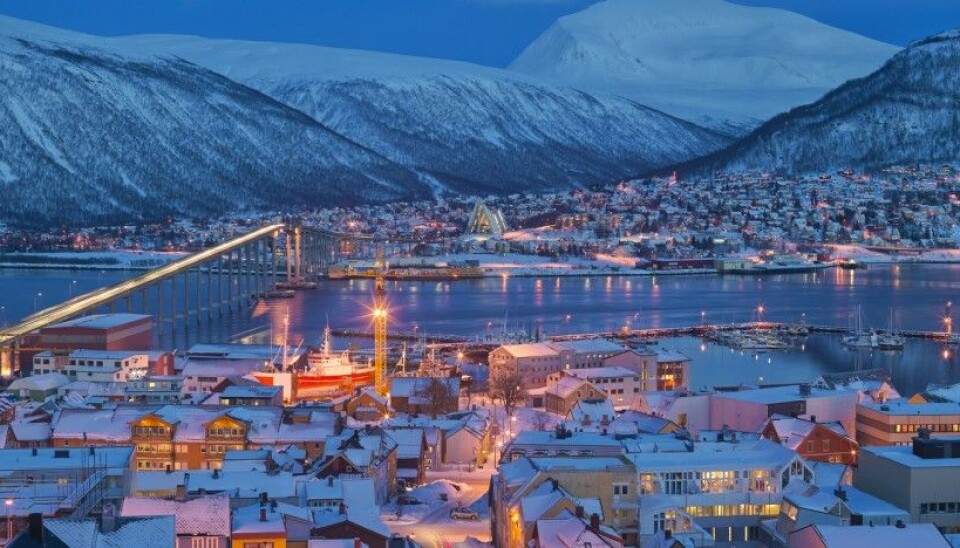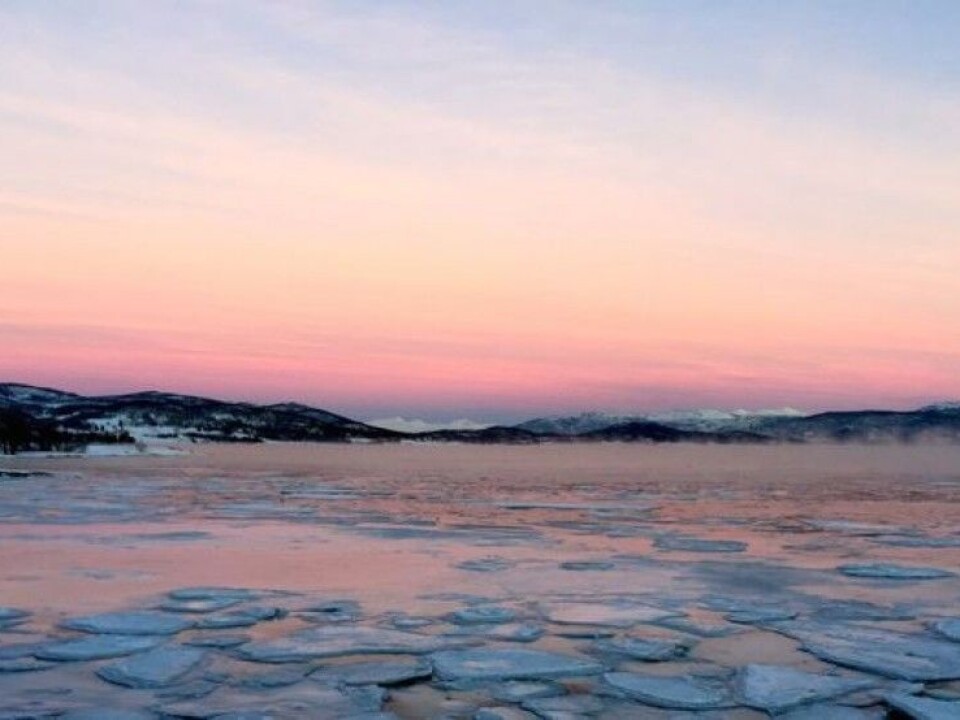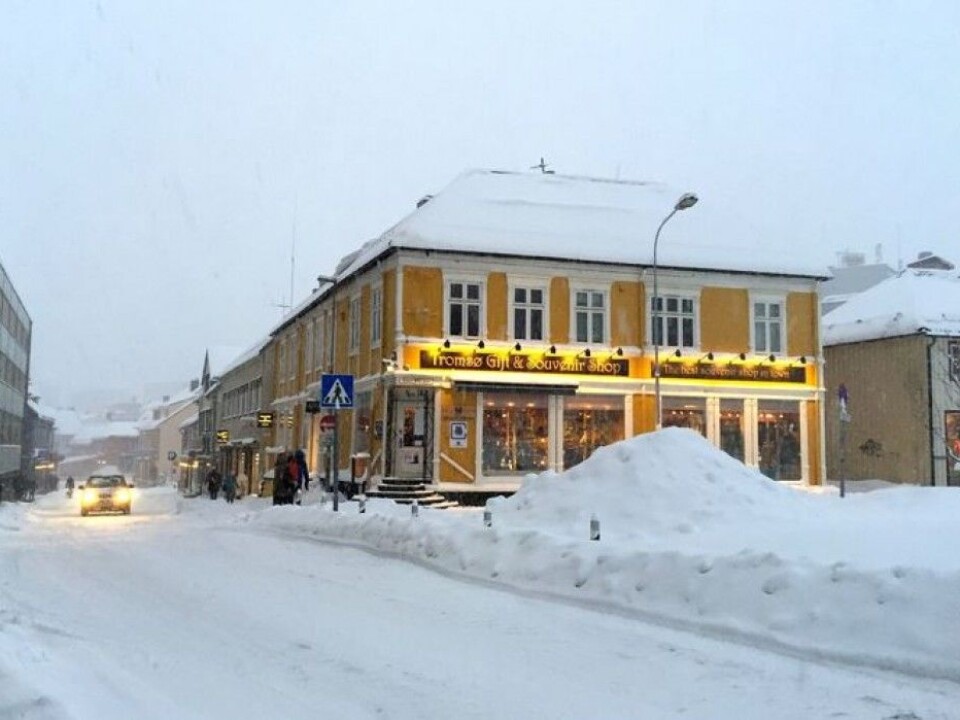
Why Norwegians look forward to long winter nights
Norwegians have found a way to celebrate the beauty of dark polar nights instead of dread them. One psychology student thinks the rest of the world can learn something from this mindset.
The long, dark days of the polar winter can seem downright depressing to people who don’t live in arctic areas like Scandinavia.
At least that’s what Kari Leibowitz thought before she read a major study published in 2012 on nearly 9000 Tromsø residents. The study found lower rates of wintertime depression in this northern Norwegian population than might be predicted given the location and the long dark winters.
Tromsø, for those who don’t live in Norway, is above the Arctic Circle. At Tromsø’s latitude, 69 degrees, the sun sets at the end of November and doesn’t reappear until mid-January. That’s right, roughly 49 days where the sun never rises over the horizon.
Leibowitz, an American psychology student, became curious about how people in Tromsø managed to avoid the winter blues. She was so fascinated by the question she spent an academic year in the city after completing her undergraduate degree in psychology. As a US-Norway Fulbright fellow, she worked with Joar Vittersø, a psychologist at UiT-The Arctic University of Norway, whose research areas include quality of life and positive psychology.

“It seemed like the perfect place to test just how adventurous I really was, while also providing a unique population for a psychology research study,” Leibowitz wrote in a recent article in The Atlantic magazine about her experience. “How do the residents of northern Norway protect themselves from wintertime woes? And could these strategies be identified and applied elsewhere, to the same beneficial effects?”
A cosy life in Tromsø
Leibowitz came to Tromsø just a little too late to see the midnight sun in August. In her observations published in The Atlantic, she compared the city to a small US suburb, with a few movie theatres and three shopping centres.
But Leibowitz quickly became aware that this was no sleepy suburb, but a city with a great deal of hustle and bustle. There were festivals, cultural events and various celebrations in the winter. Friday and Saturday afternoons and evenings were especially lively.
Outrageous prices for beer and nightlife forced Leibowitz to go on more tours to mountain huts, or to yoga classes, than she would have imagined. The experience gave her a little different outlook on Norway and Norwegians than a visiting student might otherwise get.
Coloured by her cultural background

Three months after she came to Tromsø, Leibowitz suddenly realized that the questions she had planned to ask for a study on winter depression she was preparing with her supervisor, Joar Vittersø, were completely wrong.
They were all too coloured by her own cultural background from New Jersey in the United States—a place where people rarely look forward to the winter.
Leibowitz came to understand that people look forward to the winter in Tromsø. It’s a time for snow, skiing, candles, hut tours, bonfires and northern lights—much of which comes under the Norwegian term “koselig”, which translates as cosy but means much, much more.
The Norwegian mindset
It dawned on Leibowitz that the standardized questionnaire for her study of winter depression would not be able to address the questions she really wanted to answer.
She understood that there had to be something about Norwegians’ special attitude towards winter that probably explains why Norwegians tackle winter as well as they do.
Some recent psychological research addresses this idea with a concept called mindset, which describes how negative thought patterns and positive thought patterns can affect how we experience our daily lives. For example, thinking positively about the work we have to do may be better for us in many ways than thinking negatively about it.
Leibowitz then developed a new questionnaire with Vittersø to reflect this idea. People were asked to say if they agreed or disagreed on a scale from 1 to 10 with questions such as “I think there are a lot of nice things to look forward to in winter,” or “I think the winter months are dark and depressing.”
Small study with intriguing results
The survey that Leibowitz ended up conducting included responses from 238 Norwegians who lived in northern Norway, southern Norway and in Svalbard.
Leibowitz and Vittersø found a correlation between how far north people lived in Norway and how positively they viewed winter and winter darkness.
More importantly, “Vittersø and I found that positive thought patterns in winter were related to life satisfaction, positive emotions and seeking challenges that can lead to personal growth,” Leibowitz said.
Vittersø emphasizes that the study has not been published in a peer-reviewed journal, and that the correlations they found do not mean causation.
Nevertheless, he says that the study suggests what might make life easier for Norwegians during a time of year that most people don’t really like.
“We who live in Norway are probably not aware that we see so much to enjoy during the winter, because it is so normal for us,” Vittersø said. “But it is probably much less common to look at winter this way elsewhere in the world.”
--------------------------------------
Read this article in Norwegian at forskning.no


































